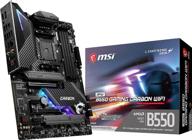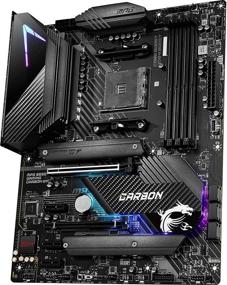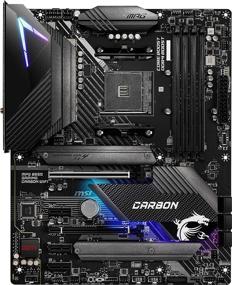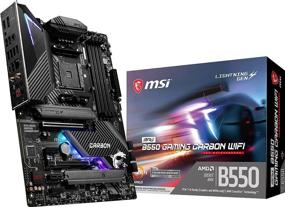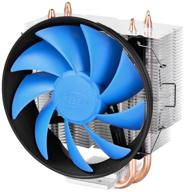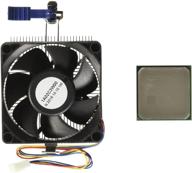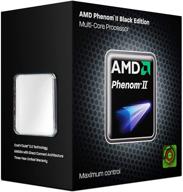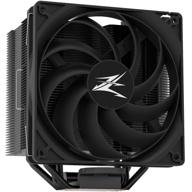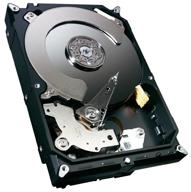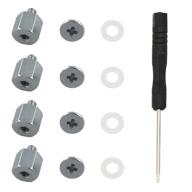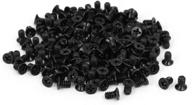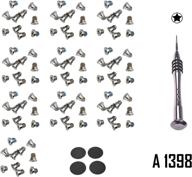Motherboard pros:
- Price, relative to other compared boards;
- ATX size (I wanted a full board), for a standard case;
- Chipset B550 (there will be no dancing with tambourines with the new Zen3 series and plus you don't have to wait for January-February, like on the B450) plus there is no cooler like on the x570 chipsets;
- Normal power supply for the processor (14 phases (6 + 6) + 2, i. E. 6 real + 6 doublers + 2 SoCs). Here, competitors with a smaller number of phases fell off, or whose price for boards is higher.
- 60A mosfets from Infinion, massive radiators are installed on top;
- Power supply for the processor 8 pin + 4 pin (I bought a 750W block for it);
- Memory support up to 5100 MHz (Although I bought a relatively simple G. Skill Trizent NEO 32 Gb 3600 CL16). I must say right away that in stock I went to 3800 MHz, further overclocking gave 4000 MHz;
- built-in WI-FI and BT module (Wi-Fi 6 AX200) and normal, and not like on
Gigabyte B550 Aorus Pro AC (Wireless-AC 3168), so Gigabite was dropped.
- There is a Type C connector on the front panel of the case (I have it on the case).
- Support for PCIe-4.0 for video card and SSD; (And there are still PCIe3.0 slots for a video card or video capture card and SSD.
- Two heatsinks on NVMe SSD;
- A lot of connectors for coolers (6x), various USB, LED strips (which is not found in all versions of other motherboards).
- Visually looks very cool, carbon inserts complete the look.
- I measured the temperatures after installing the Ryzen 5600X processor (4.65 MHz in boost mode, later overclocked to 5 MHz) and other components during the stress test: the temperature on the processor is up to 64 C, the motherboard and chipset are not higher than 34 C, which is very commendable, low bow to the developers of the board.


